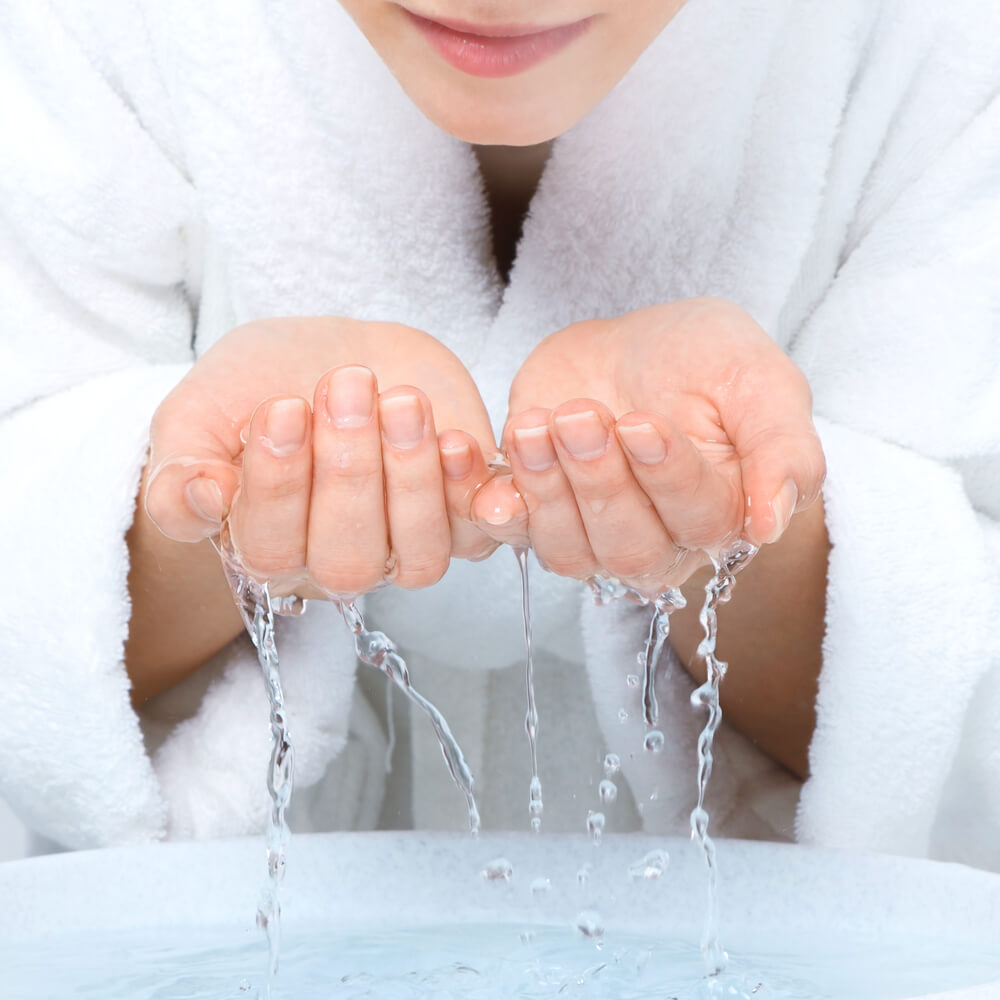We think of water as a life-saving substance, and often it is. However, your home’s drinking water could be harming you and your family if it’s tainted with lead. The EPA and the CDC both agree that there is no known safe level of lead in a child’s blood. If your water is tainted, you could be poisoning anyone drinking your water. In this guide, we’ll tell you how to know if there’s lead in your water and what to do if there is.
Symptoms
Lead is most commonly found in homes with older pipes. As your pipes corrode, lead can sluff off of them into your water. Modern plumbing materials are required to have relatively small amounts of it in them, but even these plumbing materials can have corrosion if your water is highly acidit. However, the most common source of contamination in modern homes comes from having pipes connected to your water main.
In infants and children, contamination can cause behavior and learning problems, slowed growth, hearing problems, and anemia. In adults, it can cause cardiovascular health issues, decreased kidney function, and reproductive issues.
To determine whether your home is at high risk, check your drinking system and plumbing products for certification. Though having these certifications is not a guarantee, it’s a good indicator of your water’s safety. Without these certifications on your systems, there’s a high probability that your drinking water is unsafe.
Precautions to Take
If you suspect there might be lead in your water, take precautions until you can have your water treated. Clean your faucets regularly. Then, allow your water to run before collecting water to help flush the plumbing system. Alternatively, you can purchase bottled water until you can have your water tested by a certified professional. Although home water testing can cost as much as $100 with some professionals, home water testing is absolutely free with Advanced Water Softening Company.
Know that lead can’t transmute through your skin, so it’s safe to take showers even in lead-contaminated water. However, if you have small children, you’ll want to take precautions to ensure that they’re not drinking their bath water or tipping their heads back and drinking their shower water.
What to Do if There’s Contamination
If you find out that there’s lead in your water, you’ll want to take steps to mitigate exposure. This may include replacing outdating plumbing, contacting the city to see if lead in the water is an issue outside just your home, and testing your water to ensure the levels decrease. You should also have any children in your home tested to see if there’s lead in their blood.
Benefits of a Water Filtration System
Water filtration systems are a marvel in older homes because they can filter the water. This means that even in homes with lead, homeowners can make their water safe to drink. Indeed, this is true without replacing all plumbing or changing out their water main. To install a water filtration system in your home, contact us today.






